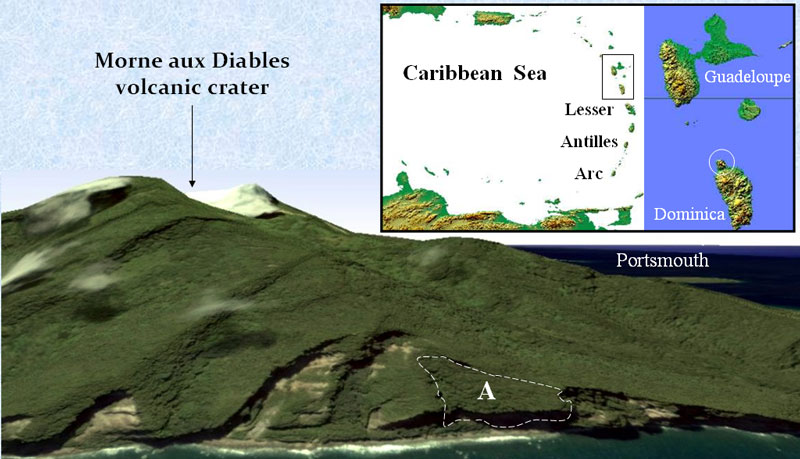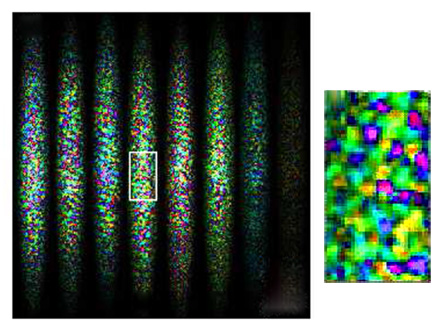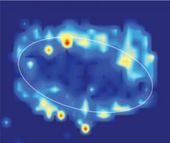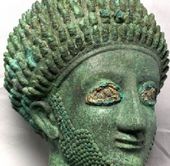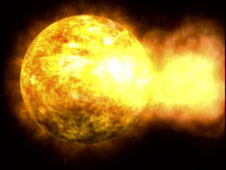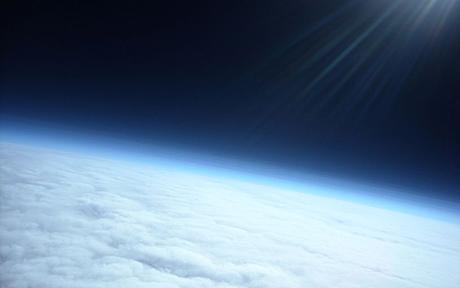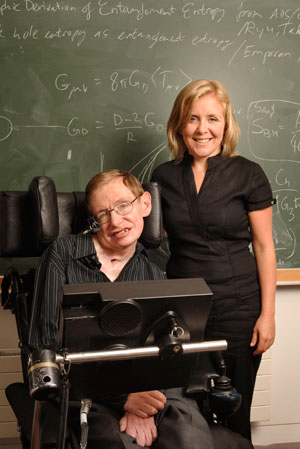
Stephen Hawking barely needs an introduction, but his recent direction does. He is packaging the universe for the younger generation. With his daughter Lucy Hawking, he has branched out into writing children's books. They tell Alison George all about it, and recount Stephen's personal alien experience.
Everyone's got a copy of A Brief History of Time, but few have finished it. If we engage children in science young enough, will this change?
Stephen Hawking: The book aroused a great deal of interest, although many people found it difficult to understand. But I believe everyone can, and should, have a broad picture of how the universe operates, and our place in it. This is what I have tried to convey in all my popular books.
It is extremely important to me to write for children. Children ask how things do what they do, and why. Too often they are told that these are stupid questions to ask, but this is said by grown-ups who don't know the answers and don't want to look silly by admitting they don't know. It is important that young people keep their sense of wonder and keep asking why. I'm a child myself, in the sense that I'm still looking. Children are fascinated by black holes and ask me questions. I find they soon get the idea if it is explained in simple language. And yes, it is nice to think a few of them might grow up and read A Brief History from cover to cover.
